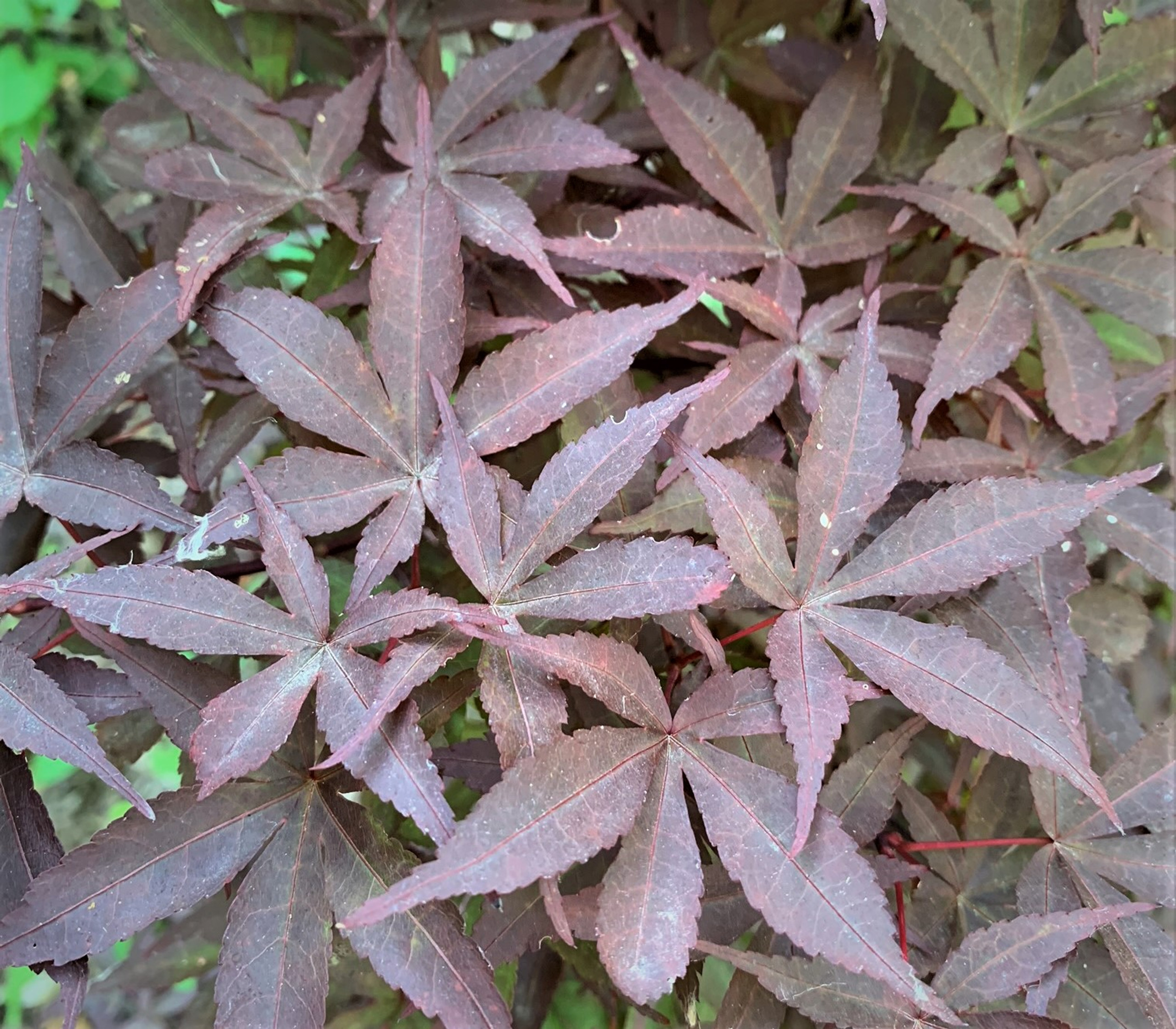Japanese maples are beautiful trees that look great in landscapes because they can fit in small spaces and have graceful shapes. If you don’t have room for a big tree in your garden, dwarf varieties of Japanese maples are just as beautiful. Little Red is one of the most popular. It is a fiery dwarf maple that gardeners all over North America love.
Overview of Little Red Dwarf Japanese Maple
Little Red is a narrow, upright dwarf Japanese maple cultivar discovered and introduced in the early 2000s by plantsman Crispin Silva Here are its key features
- Grows just 6-8 feet tall by 2-3 feet wide in 10 years. Has a tight, columnar form.
- Foliage emerges bright red in spring, darkens to maroon in summer and turns fiery red in fall.
- Hardy in USDA zones 5-9. Withstands temperatures down to -10°F when established.
- Thrives in sun or part shade. More sun brings out the best leaf color.
- Adds a strong vertical accent to gardens and containers. Perfect for tight spaces.
The Vibrant Foliage of Little Red
Foliage is the star of the show with Little Red. This petite maple delivers year-round color:
-
Spring – New leaves emerge a neon red, lighting up the garden.
-
Summer – Foliage transitions to a deeper maroon-red as spring growth matures.
-
Fall – Leaves become fiery orange-red before dropping.
-
Winter – Red twigs provide interest after leaves fall.
The contrast of new and old leaves is especially striking on Little Red. It keeps the color coming across all four seasons.
Growing Tips for Little Red Maple
Little Red is easy to grow if sited properly. Here are some top care tips:
-
Plant in full sun for the most vivid leaf color. Can tolerate part shade.
-
Provide average moisture and well-drained soil. Avoid wet, poorly drained sites.
-
Prune only to shape. Little pruning needed thanks to naturally compact size.
-
Fertilize in spring with a balanced organic fertilizer to encourage growth.
-
Water regularly until established. Mulch to conserve moisture and suppress weeds.
-
Protect from harsh winds. Stake young trees until a strong root system develops.
With proper siting and care, Little Red will thrive for years of beauty. It’s one tough maple!
Using Little Red Maple in the Landscape
Little Red is a star in any garden because it is small and bright red.
-
Accent plant in borders, rock gardens, and island beds
-
Focal point container specimen on patios and entryways
-
Group in multiples for a vibrant, high-impact hedge or screen
-
Skinny accent near foundations, fences, and other vertical structures
-
Focal point in a small-scale Asian-inspired garden
-
Bonsai specimen for displaying indoors or in an outdoor bonsai garden
Little Red fits perfectly in today’s smaller gardens. It packs huge visual impact into a petite package.
Popular Varieties Similar to Little Red
If you like Little Red but want to try something smaller, these are some great cultivars:
-
Red Dragon – Deep red foliage on a contorted dwarf maple. Grows wider than Little Red.
-
Shaina – Red new growth turns maroon-green. Compact mound to 6 feet tall and wide.
-
Beni Maiko – Bright red spring leaves become speckled summer foliage. Upright form to 7 feet.
-
Wilson’s Pink Dwarf – Brilliant pink spring leaves soften to pale green. Broad dwarf to 6 feet.
-
Red Pygmy – Deep crimson spring leaves turn purple-burgundy. Rounded dwarf to 5 feet.
For a petite maple with year-round vivid color, it’s hard to beat the fiery beauty of Little Red Japanese maple. It’s easy to see why this dwarf dynamo is winning over gardeners across North America.

Picture 1 of 4

Oops! Looks like we’re having trouble connecting to our server.
Refresh your browser window to try again.
Top 5 Dwarf Red Japanese Maples Of The Week
FAQ
How big do little red dwarf Japanese maples get?
‘Little Red’ may reach 6-8 ft in height by 2-3 ft in width in 10 years. Limited Quantities Available !! As we have over a thousand cultivars of Japanese maples, we often do not have many of each cultivar.
How big do dwarf Japanese maples get?
Dwarf Japanese maples usually grow to be 6 to 10 feet tall and about the same width, so they are good for smaller areas. They grow slowly, adding only 6-12 inches per year, and are known for their compact form.
Can dwarf Japanese maples take full sun?
It depends on where you live and how hot it gets in the summer if a dwarf Japanese maple can handle full sun. While some dwarf Japanese maples can take full sun, most of these trees prefer dappled or afternoon shade.
What are the downsides of Japanese maples?
Problems, Diseases, Pests: For the most part, Japanese maples don’t suffer from any serious insect or disease problems. They can be susceptible to stem canker, leaf spots, fusarium, verticillium wilt, botrytis, anthracnose, and root rot.
